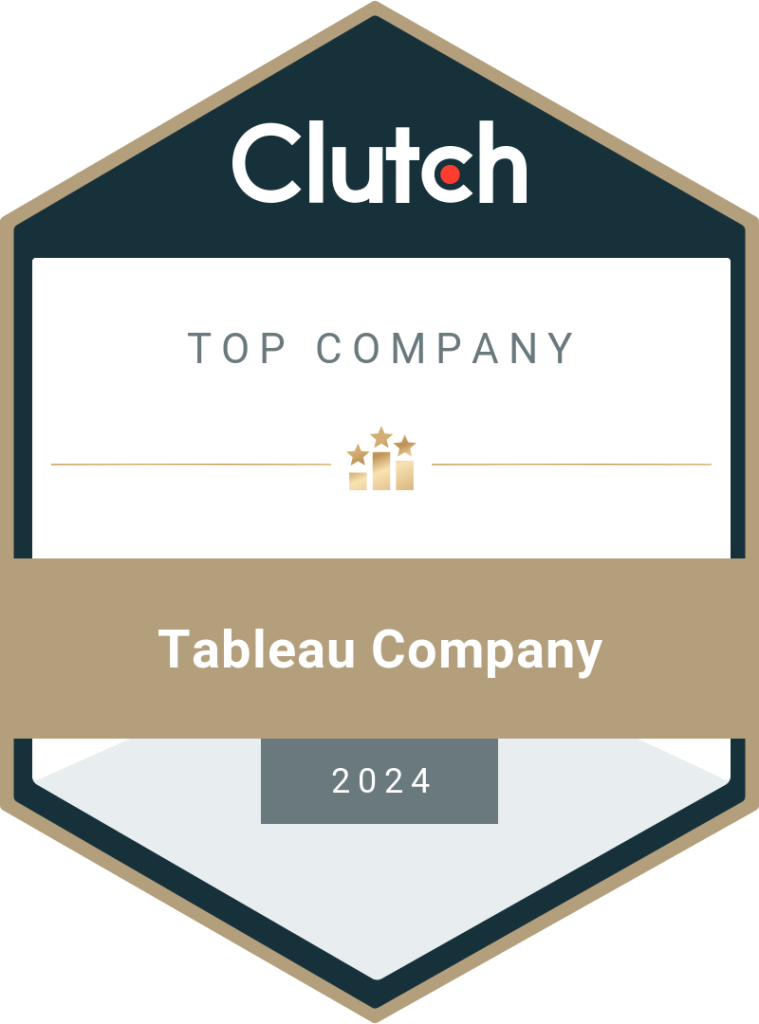9 Top Ways to Eliminate Poor Cultural Fit in IT Staffing
IT staff augmentation has many benefits, but it can be a concern if the augmented teams are not culturally aligned. Here, we’ll discuss the challenges of poor cultural fit and how to eliminate them in your enterprise when using IT staffing services. In today’s world, most businesses have employees, stakeholders, investors, and customers from different cultures, regions, and demographics. Your employees come from diverse backgrounds and work together for a common cause. Based on your workplace culture, they would have adopted, adjusted, and adapted accordingly. What happens when you expand the internal team with IT staffing services? Should you take the same care to ensure a proper cultural fit, or can you hire anyone by focusing only on their talents? The answer is clear. Poor cultural fit can result in miscommunication, arguments, conflicts, etc., which can eventually affect the project and your business. Whether you want to hire an employee on a permanent payroll or augment a team with external talent for a limited duration, an organization cannot ignore the importance of cultural fit. Even though IT staff augmentation is gaining traction and is considered a more effective choice than full-scale recruitment, you have to make sure the new candidates can adapt to the existing work culture and deliver the expected performance. Statistics show that the global IT staff augmentation market will reach $857.2 billion by 2031 at a CAGR (compound annual growth rate) of 13.2%. In such instances, it is crucial to understand how to eliminate poor cultural fit in IT staffing and how to create a diverse, inclusive, and welcoming work culture in your organization. Let’s read more about it in this blog.. What Challenges Arise with Cultural Fit in Diverse Teams? Building a diverse team comes with its share of challenges and risks, even more so, if you hire staff augmentation services where your in-house employees have to work with external professionals for a limited period. Since they are unlikely to know each other in advance, certain issues may arise and lead to different conflicting situations. Unconscious Bias As humans, we tend to flock together and gravitate towards like-minded people. In a workplace, this can create mini-groups within the same team. Some employees may feel isolated or ignored. Employees who don’t ‘belong’ anywhere might lose interest in the project or end up with low self-confidence. Different Communication Styles People communicate differently, based on their culture, upbringing, societal influence, etc. What is considered assertive in some cultures could be rude in others. What’s polite in some cultures can come across as cold or uncaring to others. Lack of knowledge about each other’s cultural aspects and communication styles leads to poor cultural fit and creates conflicts among team members. Pressure to Conform Just like in society, businesses too tend to follow the majority rule. This puts pressure on team members from other cultures, especially underrepresented and marginalized ones, to adapt to the major culture and change themselves. This pressure could lead to stress, anxiety, and a decline in efficiency. Excessive Inclusivity Some organizations began to counter the major rule by over-implementing diversity and inclusivity. It can also be termed as tokenism. By forcing employees to be something they are not, you run the risk of creating more rifts, resentments, and conflicts within the team. Diversity works when there is a genuine commitment from everyone. Top Ways to Eliminate Poor Cultural Fit in IT Staffing You can eliminate poor cultural fit in IT staffing with proper planning and continuous effort. It is not a one-time solution but an ongoing process. Define Company Culture Clearly Before you hire IT staff augmentation services and ask for candidates who will suit your work culture, you should first be clear about the company culture and create detailed documentation for it. This has to be shared with the employees. Provide information about business values, ethics, communication styles, decision-making hierarchy, etc. Include Culture in Job Descriptions When you create a job description to share with the staff augmentation company, make sure to include the cultural aspects. Let the service providers know exactly what kind of professionals you want to include in your teams. Talk about soft skills, ethics, mindset, personalities, and more. Partner with IT Staff Augmentation Companies Choose an offshore staff augmentation company that understands your workplace culture and has access to candidates who can fit into it without too much pressure. Explain your priorities and go with a service provider that shortlists candidates who align with your business and job requirements in every way. Focus on Adaptability Poor cultural fit is also due to resistance to change and unwillingness to embrace something different or be flexible enough to accept different opinions, views, etc. Adaptability is vital when augmenting a team with external talent. The newcomers and the existing team members have to make some adjustments to work together on the project. Rely on Behavioral Interviews Most IT staffing augmentation companies give businesses control in choosing the best candidates for their projects. You can conduct interviews to directly interact with them and select the right ones. Include behavioral interviews in this process and ask questions based on real-life scenarios. This will tell you whether the candidate aligns with the company culture or not. Similarly, you should also conduct cultural fit assessments. Prioritize Onboarding One reason for poor cultural fit is due to a short onboarding process, where the new candidates are not given enough information or time to understand the existing company culture. Make onboarding a priority and assign a mentor to the external employees to help them integrate into your organization and understand your values. Involve Team Members Ultimately, it’s employees who have to collaborate and work together. Keeping their identities a secret from one another will make it hard for them to connect. Create space for the existing team members and newcomers to interact with each other before they officially start working on the project. For example, if you hire analytics staff augmentation services, let the analysts talk to each other
Read More







